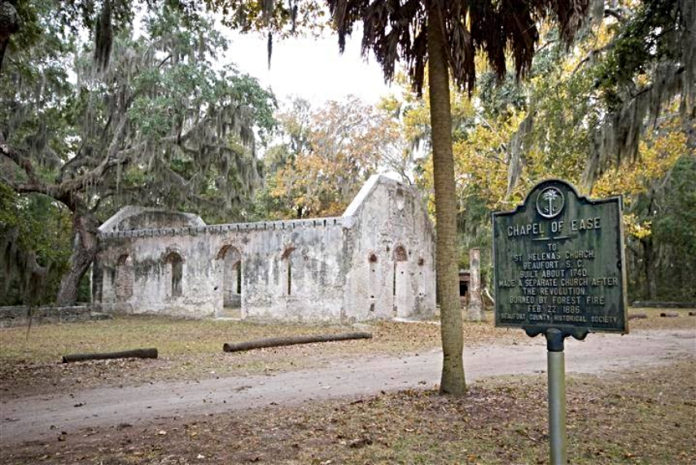Millions of people visit Beaufort each year and one of the biggest reasons is our history. Beaufort was first settled some 500 years ago and that’s a long time for a magical story to unfold. From old forts to church buildings, tabby homes and sacred ruins, Beaufort’s history is virtually about as old as America’s itself. Make sure your explore these 15 must-see local historic Beaufort spots on your next trip to town.
You’ll be darn glad that you did.
Old Sheldon Church
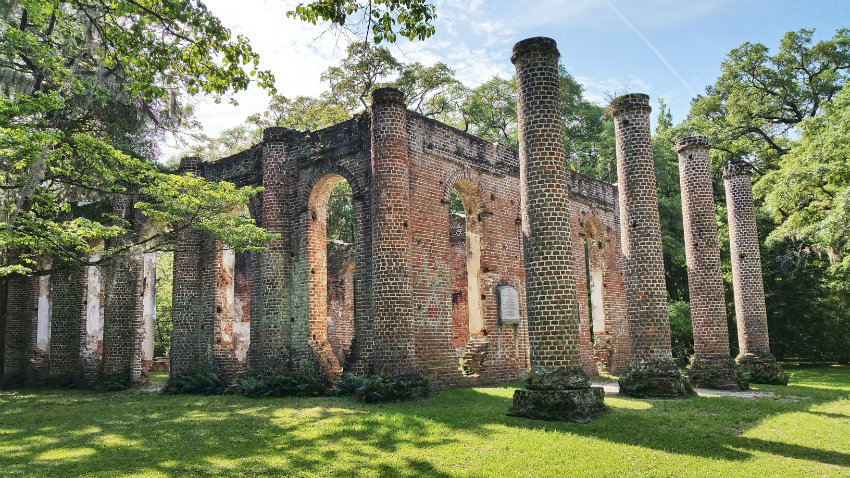
One of the most sacred spots in the entire Lowcountry is the ruins of the Old Sheldon Church. The church was built between 1745 and 1753 and is said to be the first attempt to imitate a Greek temple in America. The church was burned by the British in 1779 during the Revolutionary War and was rebuilt in 1826. Legend says it was later burnt by William Tecumseh Sherman in 1865. Address: Old Sheldon Church Road, Yemassee Directions
Chapel of Ease
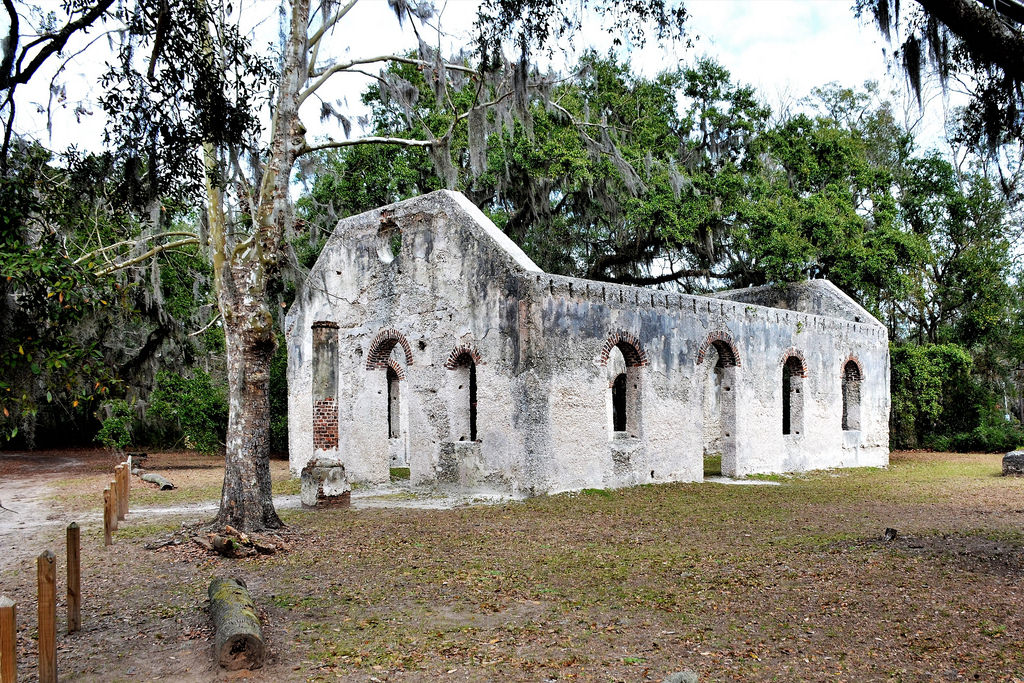 This beautiful relic of a church known as the ‘Chapel of Ease’ is located on St. Helena Island. Built in 1740, the chapel served the area until Union troops came ashore in November of 1861. With the arrival of those Union forces, the church never again regained its stature. The church was burned by forest fire in 1886 and was never rebuilt.
This beautiful relic of a church known as the ‘Chapel of Ease’ is located on St. Helena Island. Built in 1740, the chapel served the area until Union troops came ashore in November of 1861. With the arrival of those Union forces, the church never again regained its stature. The church was burned by forest fire in 1886 and was never rebuilt.
Address: Lands End Road near Saturns Circle, St Helena Island, SC
Get Direcetions
Beaufort Arsenal
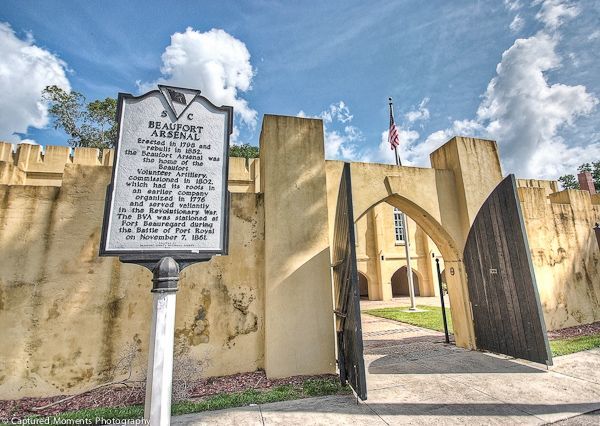
The Beaufort Arsenal is one of the most significant historic buildings in all of Beaufort with over 200 years of service. Completed in 1798, the original structure was the home of the Beaufort Volunteer Artillery, commissioned in 1802, which had its roots in an earlier company organized in 1776 during the Revolutionary War.
Address: 713 Craven Street, Downtown Beaufort SC
Get Directions
Historic Fort Fremont
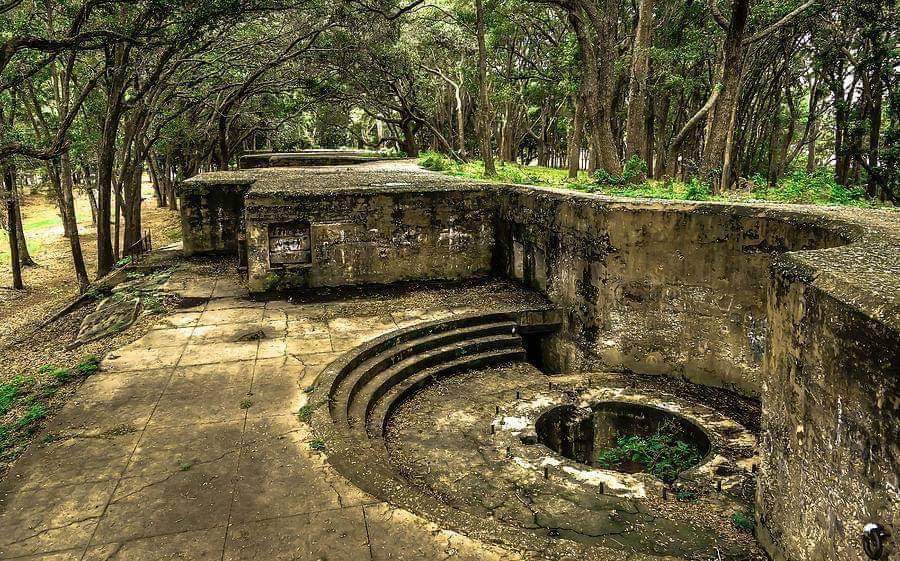
Located on St. Helena Island in an area known as Land’s End, Fort Fremont is a Spanish American War fort built in 1899 as one of the coastal batteries authorized by Congress. Luckily the war was a short one and the Spanish never made it to Beaufort and no shot was ever fired from the fort. The fort’s grounds and battery are open free to the public and listed on the National Register of Historic Places.
Address: 1126 Lands End Road, St. Helena, SC
Get Directions
Penn Center
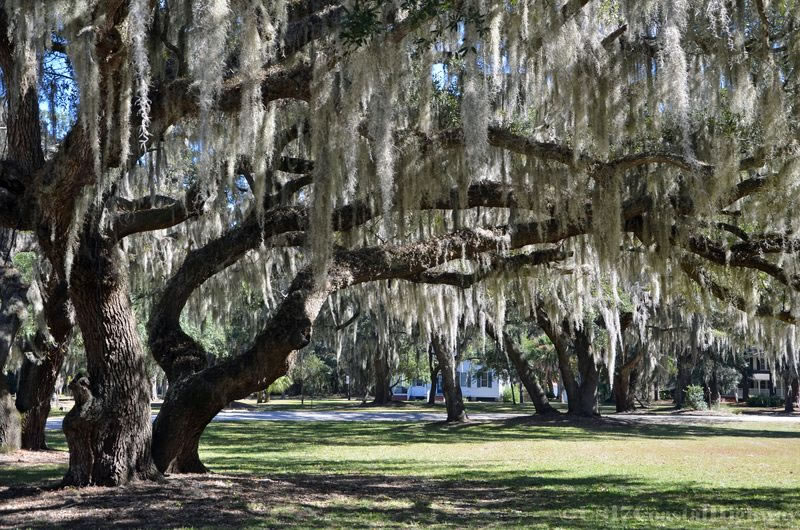 You can still see a thriving local Gullah culture in the Beaufort area through arts, historical preservation projects, community groups, and historic Penn Center. Penn Center was formed as Penn School in 1862, and it was the very first school for freed slaves in the U.S., and is now a Gullah Community Center on St. Helena Island. Penn Center also serves as the unofficial capital of Gullah Culture on the southeast Atlantic Coast.
You can still see a thriving local Gullah culture in the Beaufort area through arts, historical preservation projects, community groups, and historic Penn Center. Penn Center was formed as Penn School in 1862, and it was the very first school for freed slaves in the U.S., and is now a Gullah Community Center on St. Helena Island. Penn Center also serves as the unofficial capital of Gullah Culture on the southeast Atlantic Coast.
Address: 16 Penn Center Circle W., St. Helena, SC
Get Directions
Beaufort National Cemetery

Beaufort National Cemetery is one of six national cemeteries that were established in 1863 for the reinterment of Union soldiers and sailors who died in the region. The cemetery’s plan is unique among other national cemeteries of the Civil War-era because of its landscape, which was laid out in the shape of a half wheel with roads forming spokes from the “hub” at the entrance. Today, more than 22,000 lie at rest in the cemetery; veterans from every single major U.S. conflict in history including the Civil War.
Address: 1601 Boundary Street, Beaufort SC
Get Directions
Hunting Island Lighthouse

One of the most recognizable and most beloved landmarks in the Beaufort area is the historic Hunting Island Lighthouse. Currently under renovations, it’s the only lighthouse in South Carolina where you can climb all the way to the top. Its construction started 1859, but was set back as the tower was destroyed during the Civil War in 1862 by Confederate forces so the Union Navy would not be able to use it for navigation. Construction started again in 1873, and was completed in 1875.
Address: 2355 Sea Island Parkway, Beaufort SC
Get Directions
Robert Smalls House
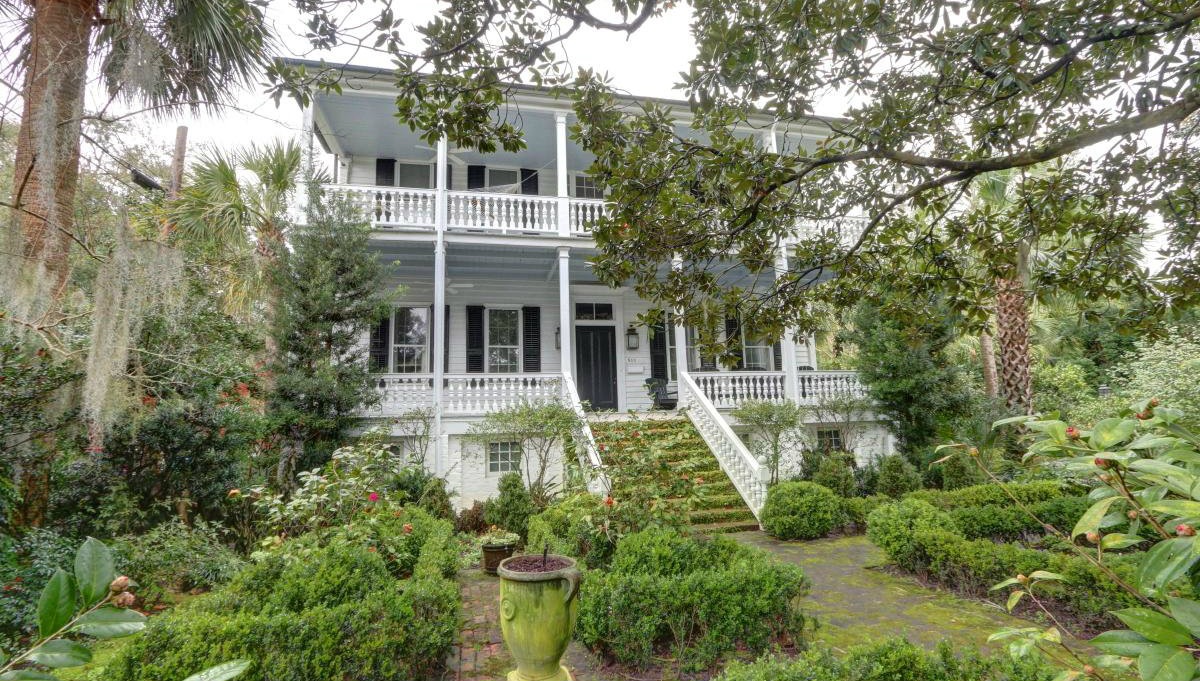
Robert Smalls was born into slavery in 1839, and spent most of his early years in this house at 511 Prince Street in downtown Beaufort. After he returned home from service, he was elected to 5 terms as Congressman in the U.S. House of Representatives and purchased his former owner’s house, and took care of Mrs. McKee until the day she passed away. Smalls died right there in the house on February 22, 1915. The Robert Smalls House is located in central Beaufort, at the northeast corner of Prince and New Streets.
Address: 511 Prince Street, Beaufort SC See Robert Smalls’ Story
Reconstruction Era National Monument
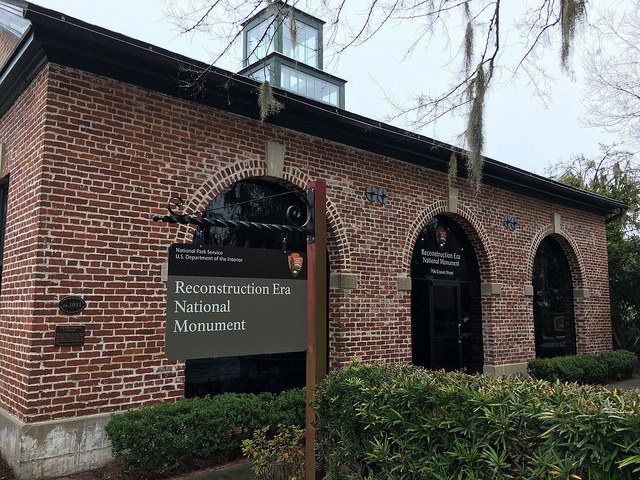 The Reconstruction era, 1861-1898, is the historic period in which the United States grappled with the question of how to integrate millions of newly freed African Americans into social, political, economic, and labor systems; and was a time of significant transformation. The people, places, and events in Beaufort SC reflect on the most important issues of this tumultuous time period.
The Reconstruction era, 1861-1898, is the historic period in which the United States grappled with the question of how to integrate millions of newly freed African Americans into social, political, economic, and labor systems; and was a time of significant transformation. The people, places, and events in Beaufort SC reflect on the most important issues of this tumultuous time period.
The monument was created in January 2017.
Address: 713 Craven Street, Beaufort SC Visit the Reconstruction Era National Monument here
Tabernacle Baptist Church
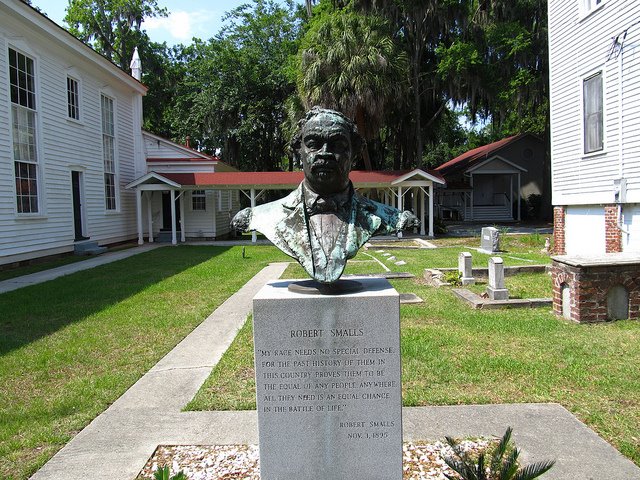
Tabernacle Baptist Church at 907 Craven Street is historic in several ways. It was formed by African-American members of Beaufort Baptist Church after Federal Occupation of the town in 1861. It was a stop along the way for Harriet Tubman in the Underground Railroad and is the final resting place of Beaufort’s Robert Smalls. A Harriet Tubman Monument is being erected near Smalls’ grave in the church’s yard. (pictured above)
Address: 907 Craven Street, Beaufort SC
Get Directions



